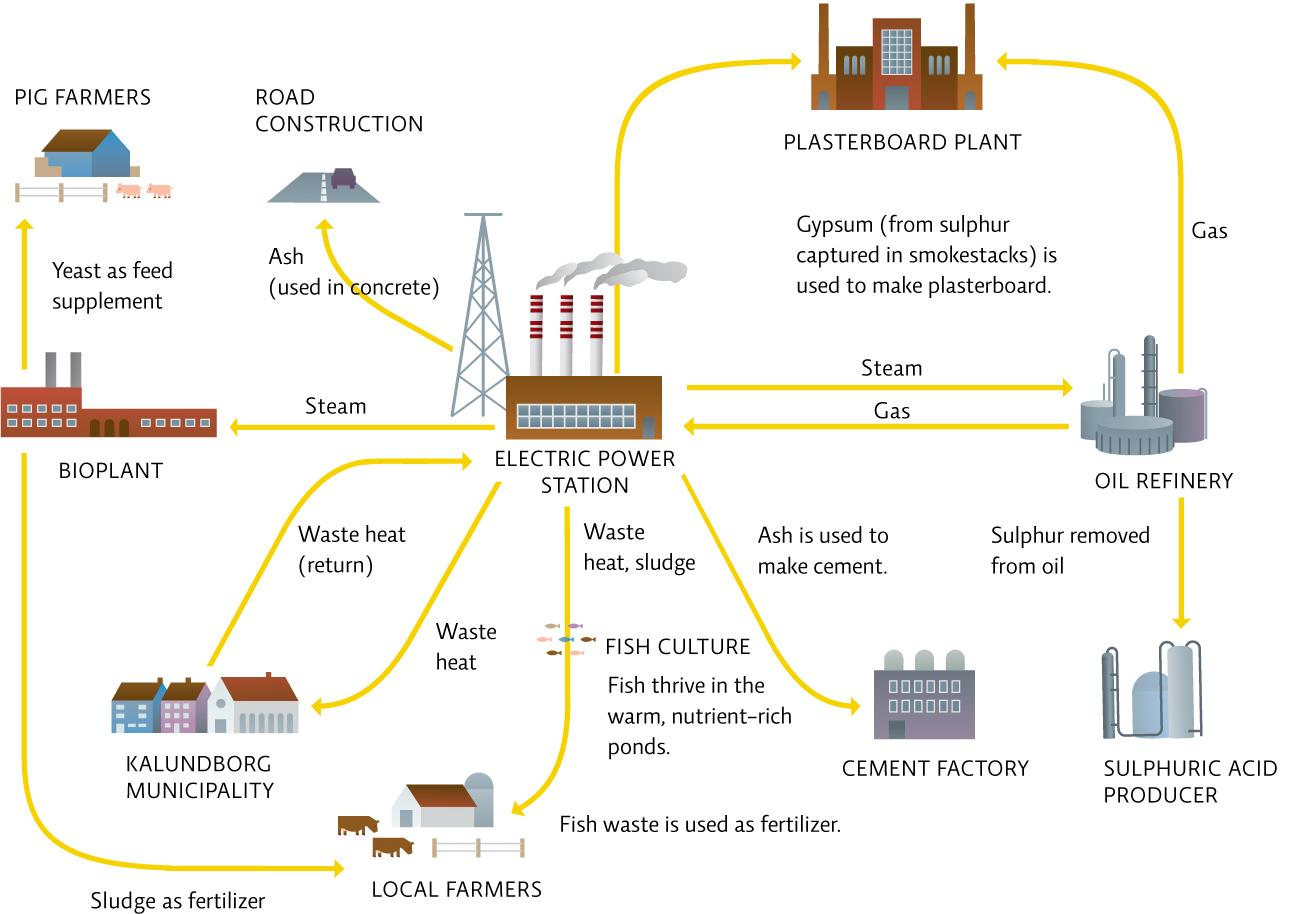17.7 Life-cycle analysis and better design can help reduce waste.
The real trick to keeping garbage out of the ocean is to go back to the beginning, before the things we throw away are even made. Environmentally friendly products continue to grow in popularity, and manufacturers have given a name to the tactics used to create these products: life-cycle analysis. By assessing the environmental impact of every stage of a product’s life—from production, to use, to disposal—an increasing number of companies are trying to reduce the amount of waste generated by the things they design, make, and sell. Cradle-to-cradle analysis takes this even further as it tries to increase reuse potential and turn waste back into resource (see Chapter 5).
Part of this shift has been spurred by legislation. Canada, some European countries, and at least 19 U.S. states have implemented “take back laws,” which require manufacturers to take back some of their products after consumers are finished with them. Canada’s Action Plan for Extended Producer Responsibility (EPR) creates an incentive for manufacturers to design products from which components can easily be salvaged and reused. An environmental handling fee paid for new electronics builds the cost of eventual recycling into the purchase price. Indeed, many companies are trying to cut down on waste by de-manufacturing—disassembling equipment, machinery, and appliances into the component parts so that those parts can be reused. BMW, for example, designs its vehicles so that at least 97% of the components can be reused or recycled.
309

On a grander scale, in eco-industrial parks, industries are positioned so that they can use each other’s waste in the same industrial area; one company’s trash becomes another’s raw material. This type of strategic thinking is known as industrial ecology; in addition to “waste-to-feed” exchanges, participants in eco-industrial parks also decrease their ecological footprint by coordinating activities and sharing some spaces, like warehouses and shipping facilities. This form of waste reduction can occur within a single company, between two companies, or between a company and a community. For example, one UK company sells the soapy water produced by its shampoo manufacturing plants to area car washes, rather than throwing it away. The same company also uses its ethanol waste— a by-product of its manufacturing processes—to heat some of its facilities. [infographic 17.7]
